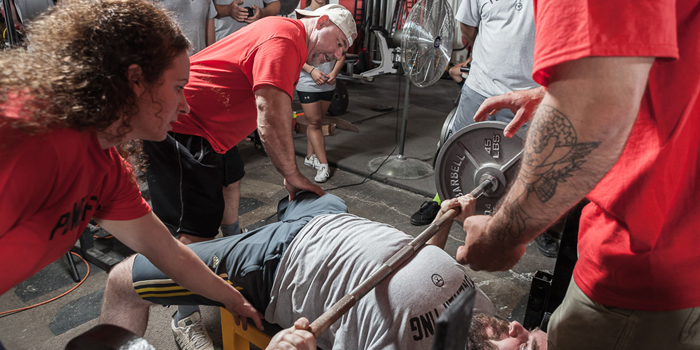
My true passion is in powerlifting. It’s an extraordinary sport in that each competition is a true measure of one’s progress. There isn't any lying, cheating, or blaming it on someone else. There isn't any wondering about whether or not you've improved. You either lift the weight or you don’t. It’s as simple as that.
I believe everyone should have the opportunity to compete. Unfortunately, many lifters are completely misinformed, overwhelmed, and totally clueless in regards to where they should begin.
“What Federation should I join?” “How do I choose my opening attempts?” “Why do I have to wear that silly-looking one-piece?”
These are all common and valid questions that need to be answered prior to competing. Therefore, in an attempt to simplify the process and encourage everyone to enter into a competition, I've written this article that answers damn near every question a beginner lifter could possibly have. I hope you enjoy it, and if you have any questions, comments, or suggestions, feel free to leave them at the end.
What is Powerlifting?
Powerlifting, often confused with Olympic lifting, is an individualized sport in which competitors attempt to lift as much weight as possible for one repetition in the squat, bench press, and deadlift. Each lifter is placed into a specific division and classified by several variables including weight class, age group, and experience level. Further subdivisions are made between what is known as “raw” and “geared” powerlifters, indicating whether or not the individual is wearing supportive equipment during the competition.
Competitions are generally all-day events that begin with the squat, progress to the bench press, and conclude with the deadlift. Every lifter is allowed three attempts at each lift, making for a total of nine competition lifts throughout the day.
Three officials serve as judges and collectively decide whether or not a lift is considered “good” or “bad.” Each judge’s decision is represented by a panel of red and white lights (white indicating a “good” lift and red indicating a “bad” lift) displayed after each attempt. Two or three white lights are sufficient for a “good” lift while one or less is disqualified.
At the end of the day, awards are presented to the lifters with the highest squat, bench press, deadlift, and total within their division. A lifter's total is determined by the sum of his/her best lifts, and the individual with the highest total is considered the all-around strongest lifter in his division.
Powerlifting Equipment Essentials
The sheer number of products advertised as absolutely essential to boosting your total is mind-blowing to say the least. While in theory, they all sound great (and the jacked dudes on the advertisements certainly seem to enjoy them), the unfortunate reality is that most of them are crap. As such, to help you sort the good from the bad, the fundamentals from the gimmicks, I’ve provided a complete list of what I consider to be the essentials of powerlifting equipment.
Flat shoes: Go to any powerlifting meet and you’ll inevitably see a majority of lifters squatting and deadlifting in Chuck Taylors (i.e. Converse All Stars). Unlike running sneakers or other footwear with a raised heel, flat shoes such as Chuck Taylors allow the lifter to distribute weight through the backside of the foot and effectively “spread the floor apart.” Additionally, the bottoms of Chuck Taylors tend to be stickier than most shoes, which help to grip the floor and prevent the lifter from slipping.
In regards to the bench press, flat shoes aren’t as advantageous, and many lifters (especially shorter ones) prefer sneakers with a raised heel in order to get more leg drive throughout the lift.
High socks: As those who regularly deadlift are undoubtedly aware, bloody shins are a common occurrence. Regardless of whether or not you’re a bleeder, it would be wise to bring long socks to the competition and wear them during the deadlift. Not only have numerous federations already made this a requirement, but “that guy” (it’s usually me) will inevitably show up and spurt blood all over the bar. Needless to say, the last thing you want to do is worry about smearing his blood into your cut-up shins while trying to break a deadlift record.
Lifting belt: There has always been a great deal of controversy in regards to the use of lifting belts.
“Are they safe?” “Are they effective?” “Will they impede progress?”
Personally, I’m of the opinion that if used correctly, they can drastically improve strength and performance and decrease the risk of injury. However, when abused, lifters can become dependent on the belt and may inadvertently neglect important components of their training. Having said all that, most lifters can lift significantly more weight with a belt on than they can without one. As such, if you're going to compete in powerlifting, I strongly encourage you to invest in a nice belt, use it appropriately, and wear it while competing.
Wrist wraps: Wrist wraps are most commonly used during the bench press, but many lifters opt to wear them during the squat as well. Simply, wrist wraps help to stabilize the wrist (a relatively unstable joint), allowing lifters to safely (and somewhat more comfortably) handle heavier weight.
Singlet: Singlets make you stronger. I lied. The only things singlets do are accentuate the true size of your crotch and provide self-induced atomic wedgies. Regardless, singlets are required in every federation, and if you aren’t wearing a singlet, you aren’t competing.
Occasionally, singlets will be sold at the competition, but don’t count on it. You’re much better off buying one online.
Finding a Competition
How do you find a competition? How do you know which federation to join? How do you know which weight class to compete in? I’ll answer each of these questions and more below.
PowerliftingWatch.com is a great website that details everything from upcoming meets and lifter rankings to general powerlifting information. If you’re searching for a competition, PowerliftingWatch.com is going to be your most valuable resource.
Choosing a federation: So how do you know which federation to compete in? If you peruse the forums, you’ll inevitably find lengthy arguments over which federations are supposedly the “best” or “worst.” Of course, everyone on the internet is a self-proclaimed expert, so no one can agree on anything. Unavoidably, this just brings us right back to where we started, and we’re still clueless as to which federation is best.
In my opinion, it doesn’t matter. Find a federation or two that host regular competitions in your area and start competing. As you gain more experience, you’ll probably begin to favor some federations over others, but at least initially, it’s inconsequential. I should note that throughout my career, I’ve competed in five different federations and, in no particular order, the SPF, IPA, and IPF are my top three.
Choosing a weight class: This should be the least of your worries. Unless you’re going to set a new world record, I don’t see the point in cutting weight. If you could stand to lose some fat, by all means clean up your diet and drop the extra pounds, but don’t cut weight and dehydrate yourself just because you think you’ll be more competitive at a lower weight.
The great thing about powerlifting is that each competition is, first and foremost, a competition against yourself. It’s an accurate way to gauge how much you’ve improved since the previous competition and to see if your training routine was actually effective. Regardless of whether you place first or twelfth, if you don’t make progress from your previous competition, something isn’t right. Choose a weight class in which you feel most comfortable and focus on breaking your own personal records.
Geared or raw: What’s better—geared or raw? Is geared cheating? Raw is for pansies! Geared lifting is the only way to succeed in powerlifting! Do raw lifters train harder? You name it, and I’ve heard it. Every lifter and their mother has an opinion on geared versus raw powerlifting and neither side wants to give the other the time of day.
Well, I say malarkey. As a competitive powerlifter in both raw and geared divisions, each has pros and cons. Neither option is inherently better than the other, and what “works” for one person might not “work” for someone else. That being said, in the early stages of training, I think it’s important to stick to raw lifting. Spend time developing form/technique, take advantage of newbie gains, and get used to the competition atmosphere. Then, after two to three years of consistent training, if powerlifting gear is something you’re interested in trying, go for it. Even if you decide not to use it in competition, it can be a great tool to incorporate into your training.
Sign up: Once you’ve chosen a federation, competition, and weight class, all you need to do is sign up. Head over to the federation’s website, search for their upcoming competitions, find the one you want to compete in, and send in the application form. Initially, you will need to pay for the competition as well as a membership fee, but once you’re a member, you won’t have to worry about renewing for a year.
Preparing For Competition—Training
Contrary to popular belief, signing up for a powerlifting competition doesn’t require you to make drastic changes in your current training program. In fact, assuming you’re making consistent progress while following a well-designed lifting routine, there isn't any reason to change much, if anything at all. That being said, when you have a deadline on which you need to be at your strongest, there are several components that need to be taken into account.
Establish your one-repetition maximum (1RM): If you've never competed or haven’t recently worked up to a 1RM in the squat, bench press, and/or deadlift, it would be wise to do so as far away from the meet as possible. By establishing a 1RM, you’ll be able to see exactly how much progress you made throughout the training cycle as well as determine appropriate opening attempts for each respective lift. Do not test your 1RM for all three lifts on the exact same day. Rather, take your time and do it over the course of one or two weeks.
Establish your opening attempts: Once you know your current 1RM, it’s time to establish your opening attempts for the squat, bench press, and deadlift. Despite being a relatively simple process, many lifters have trouble with this component and either open way too light or entirely too heavy.
Below I’ve outlined the method that I use to establish my opening attempts. This was taught to me by Louie of Westside:
- First attempt: Your first attempt should be easy! Louie Simmons always told me that you should be able to wake up at 2:00 a.m. and hit your opener. Generally speaking, this attempt should be 87–93 percent of your 1RM. Stronger individuals should go with the lower end of the percentage range while weaker lifters should go with the higher end.
- Second attempt: Assuming you hit your opener, go for a five- to ten-pound personal record (PR) on your second attempt. Don’t get overzealous and attempt a 30-pound record. Remember, a five-pound PR is still a PR. If you miss your first attempt, the choice is yours. You can either take your opener again or move directly to your second attempt. It depends on how you feel.
- Third attempt: Assuming you hit your second attempt for a five- to ten-pound PR, it’s time to go for broke and push the boundaries a bit. Be smart, listen to your body, and gauge how easy (or difficult) your previous attempt felt, but challenge yourself and see what you can do.
Take your openers two to three weeks out from the competition: As the training cycle comes to a close, work up to your opening attempts roughly two to three weeks out from competition. Again, don’t test all three lifts on the same day. Take your time and make it a process over the course of one to two weeks.
One Week Out—Deload: Because powerlifting competitions are almost always held on weekends, initiate your deload on the Saturday or Sunday prior to the meet. This allows for roughly six to seven days to relax, recover, and get in the competition mindset.
MORE: Top 10 Meet Day Tips for the Competitive Lifter
Keep in mind that a deload doesn't involve sitting on your ass the entire week leading up to the meet. Go to the gym, foam roll, hit your mobility drills, and do some light glute ham raises, chin-ups, push-ups, cable pull throughs, and other core work. Just keep it light and easy. Don't do anything too intense.
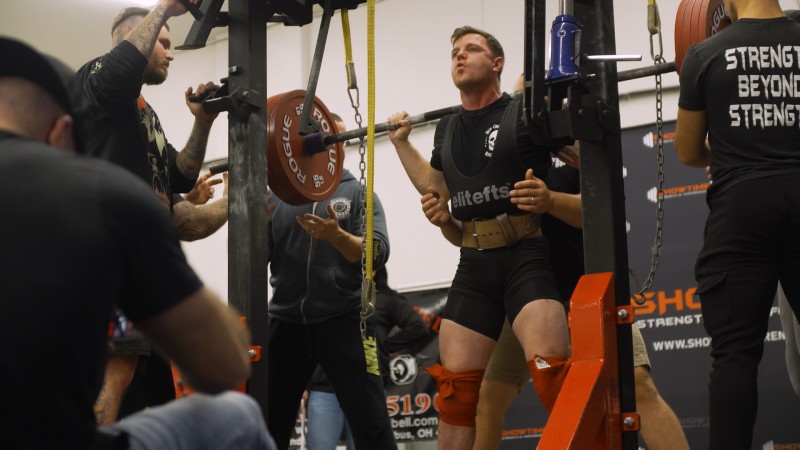
Nutrition
Similar to training, your nutritional habits prior to competing shouldn’t drastically change. Keep them simple, easy to follow, and in line with your current goals. Below I’ve outlined my pre-meet nutrition guidelines:
- Eat sufficient calories to lose/maintain/gain weight, depending on your individual needs and goals.
- Keep protein at approximately 1 g/lb of body weight every single day unless you’re cutting weight, in which case increase it to 1.3–1.5 g/lb/day.
- When in doubt, eat lean meats and veggies.
- Eat a variety of colors, flavors, textures, and scents.
- Supplement with creatine, Vitamin D, and calcium (if you don’t get enough through your diet).
- After weighing in, stick to a “normal” diet, but make it a point to rehydrate. Also, feel free to eat a little bit more than usual, but stick to foods that you eat on a regular basis so as to avoid an upset stomach.
What to Bring to the Meet
Meet day is stressful enough as is, and the last thing you need is to be worried about little things that can easily be avoided. Having been through all of this myself, below I’ve made up a brief list of items that you should consider preparing beforehand and bringing to the meet:
- Light, simple, and easily digestible food (These should be foods that you eat on a regular basis without gastrointestinal problems.)
- Coffee (Sometimes they sell it at the competition and sometimes they don’t. If you drink coffee every day, make sure to bring it with you.)
- Lean protein such as chicken, turkey, and tuna
- Whole grain bread, brown rice, quinoa, and other carbohydrate sources that aren’t overly filling or difficult to transport
- Apples, bananas, and pre-cut melon are my fruits of choice
- Peanut butter and jelly with natural peanut butter and sugar-free jelly on whole grain bread
- All essential powerlifting equipment needed for the meet (This should be packed in a duffle bag the night before.)
- Cash, cash, cash (because you never know)
- Music player, book, and/or friends to keep you company (You’ll have a while between attempts, so it’s good to relax, hang out, and give your mind a rest.)
Competing
Finally, we’ve made it to the competition…so now what?
Check your rack height and pin position: After you’ve registered and found a place to keep all your food and equipment, you need to go to the platform and check your rack height for the squat. Some federations use a “walk out” rack, in which case you only need to check your height and report it back to the appropriate meet director. However, if your federation uses a monolift, you’ll need to check your height as well as pin position. Get this taken care of immediately so that you don’t have to worry about it later on.
Warm-up: One of the most common mistakes among new competitors is the tendency to start warming up too late. Remember, there are only going to be a few extra squat racks, bench presses, bars, and plates to warm up with (not to mention you aren’t the only person competing). I suggest beginning a general warm-up roughly sixty minutes prior to the start of the competition and start taking weights for each respective lift approximately 30–45 minutes before your first attempt. As a general rule of thumb, your final warm-up should be about 90 percent of your first attempt.
Between attempts: Between each attempt, you’ll have anywhere between ten and thirty minutes. Needless to say, this isn’t ideal. Regardless, try to relax and hang out with your friends and family. Keep your mind focused on the task at hand, but don’t stay riled up for hours on end. It’s a long day and mentally tiring yourself out early on is going to screw you over as the day progresses.
Between lifts: Between each lift, you’ll have anywhere between sixty minutes and two hours. Take this time to relax, eat, and get your mind away from the competition. While I personally don’t suggest napping, I think that it’s important to joke around, unwind, and have fun with everyone at the meet. Keep in mind that you’ll want to start your general warm up roughly sixty minutes prior to your first attempt, so don’t doze off and leave yourself with only fifteen minutes to prepare for the next lift.
Have Fun!
The powerlifting community as a whole is one of the most generous, kind, and supportive groups of individuals in the world. While it’s obviously important to focus on the meet and set new personal records, don’t forget to enjoy the moment and laugh with the people around you. Introduce yourself to someone new, cheer for a complete stranger, and have the time of your life.
Once the meet is over, relax, eat, and evaluate your next plan of attack. What did you do well? What needs improvement? What are your new goals and how will you achieve them?
Welcome to the world of powerlifting. We’re glad you decided to join the party. But now the question becomes do you have what it takes to stay? Never minimal. Never maximal. Always optimal.
Originally published in February of 2016









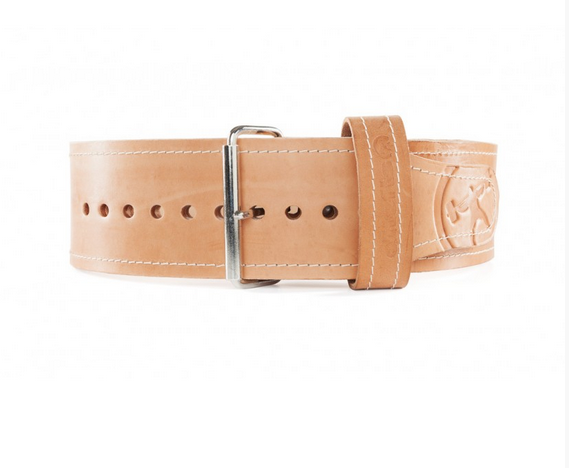
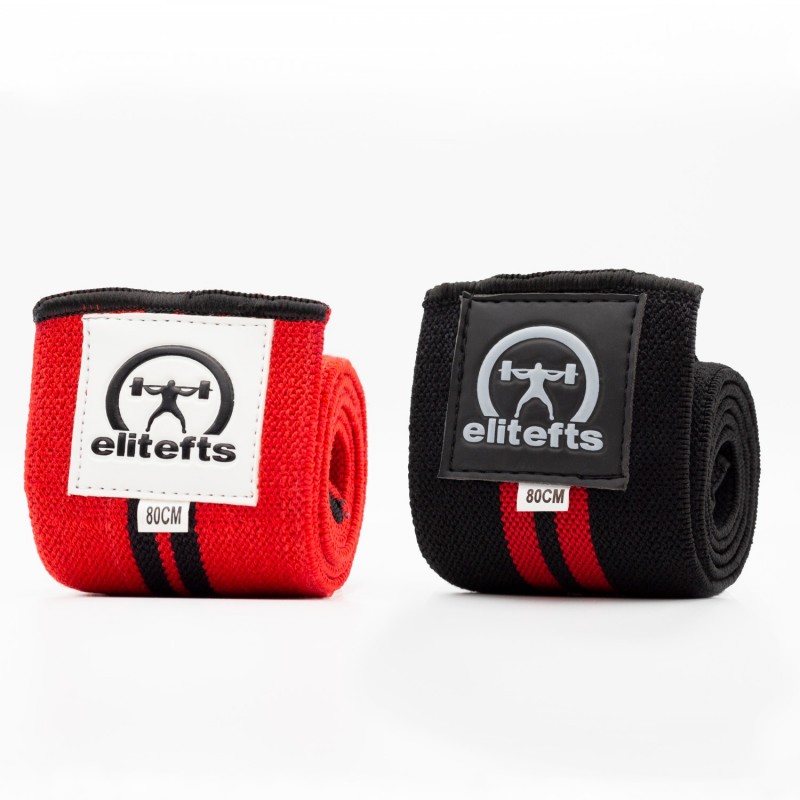
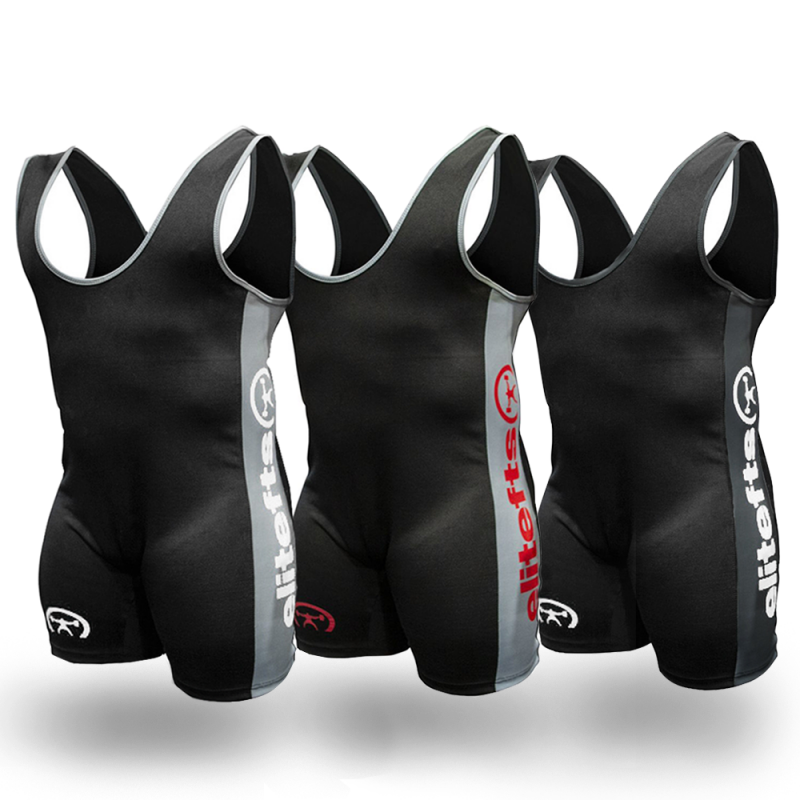
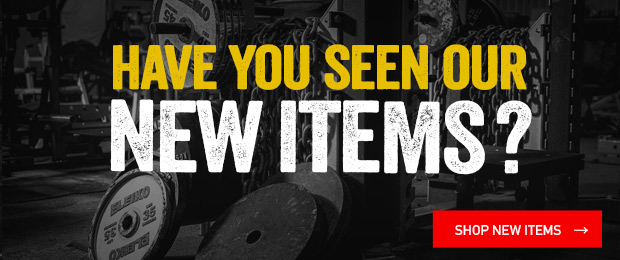
great information provided.
thanks
cheers
keep going
Other common events you can sign up for are deadlift only (DL) or bench only (BP). Also a "push pull" (PP) might be offered which is bench and deadlift (sometimes called the "Ironman" division).
The best way to make sure you know what you're signing up for is to read the entry form carefully, read the rulebook at LEAST once, then contact the meet director if you still have questions.
Also, since this article is from a few years ago, the best way to get more questions answered is by going to the Q&A section and asking your questions there! http://www.elitefts.com/q2a/
Jordan, yes! They're usually called push/pull meets or "iron man," for bench and deadlift only. Lots of smaller meets don't want to deal with the hassle of squatting (pin heights, gauging depth, etc). You can deadlift however you want.
Stephanie, I don't think there is a minimum? Check with the federation that is running your meet, read THEIR rule book since each organization has their own set of rules. I've never heard of a minimum, but I assume it's 5 lb for meets that use pounds and 2.5 kg for meets that use kilos.
I am brand new to powerlifting. I want to drop 40 lvs before i start training, becaude i am a little over weight still...This article was so, so helpful.
My coach gave me the website address, because I will be competing for the first time in November this year.
parlance ... it wasn't a "million dollar wound" - resulting in permanent deactivation. Shared this with you all, it's important to regulate activities outside of training.
Noli Me Tangere
The good idea fairy visited me during deadlift warm-ups and I decided to do sumo (I'm normally conventional) and use a mouth guard because I'd seen a buddy use one. Completely jacked up my set-up and wrenched my back. Nearly 2 years later, I'm getting to where I was.
In short, don't screw up a good thing.